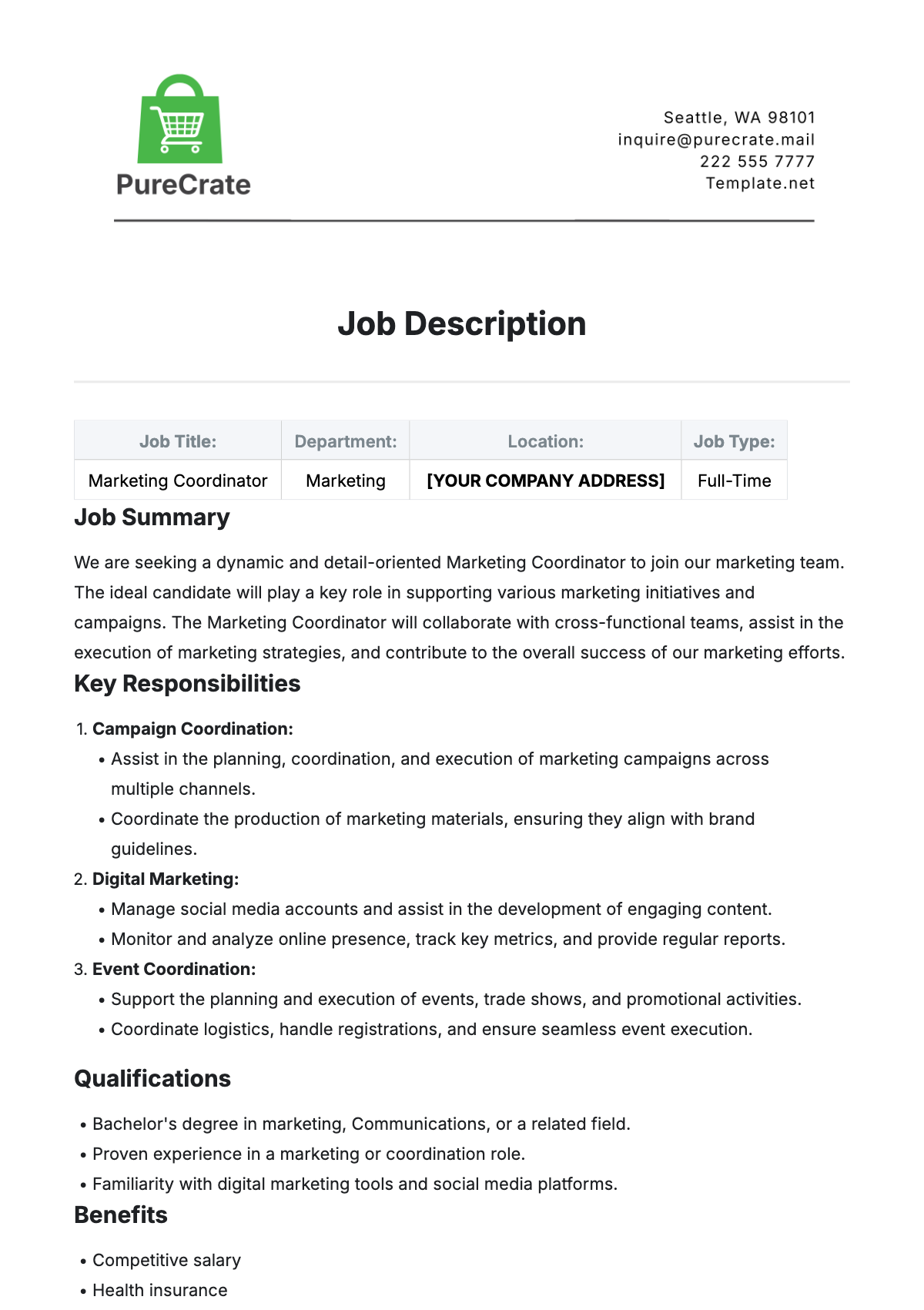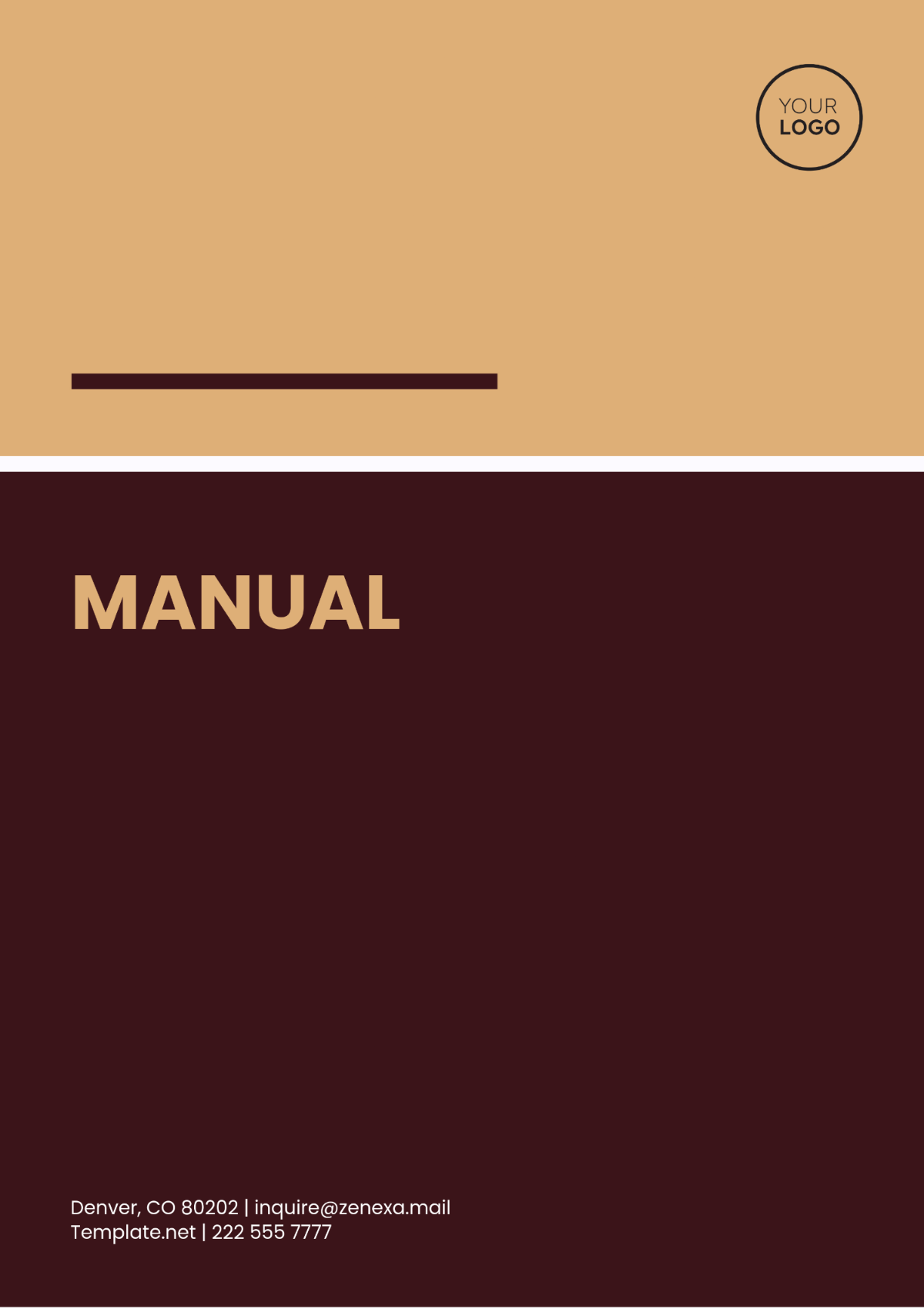Experimental Design Journal Article
Prepared by: [Your Name]
Date: [Date]
1. Abstract
This article explores advanced methodologies in experimental design, focusing on strategies for improving the reliability and reproducibility of research findings. It outlines a comprehensive approach to designing experiments, including the formulation of research questions, selection of methods, and implementation of controls. By integrating modern statistical techniques and addressing common challenges in experimental research, this article provides valuable insights for researchers aiming to enhance the rigor of their experiments.
2. Introduction
Experimental design is foundational to scientific inquiry, providing a structured approach to investigating hypotheses and generating valid results. In recent years, advancements in statistical methods and data analysis have transformed experimental design, making it crucial for researchers to adopt rigorous and adaptable strategies. This article presents an in-depth analysis of experimental design principles, including the formulation of research questions, selection of methodologies, and implementation of controls. The aim is to offer a comprehensive guide that integrates contemporary techniques and best practices for designing robust experiments.
3. Methods/Experimental Design
3.1. Formulating Research Questions
Research questions should be specific, measurable, and relevant to the field. For example, a study aiming to investigate the impact of a new drug on blood pressure might pose the question: "Does Cardiomed lead to a significant reduction in systolic blood pressure compared to a placebo?" Clear research questions guide the design of the experiment and the selection of appropriate methodologies.
3.2. Selecting Experimental Methods
The choice of experimental methods depends on the research objectives and available resources. In this article, we discuss various methods:
Controlled Experiments: Useful for assessing causal relationships by manipulating one or more independent variables while controlling for confounding factors.
Field Studies: Conducted in real-world settings to enhance the ecological validity and generalizability of the findings.
Laboratory Tests: Allow for precise control of variables and detailed measurement, ideal for fundamental research.
3.3. Designing the Experiment
Key elements of experimental design include:
Controls: Implementing control groups and randomization to minimize biases. For example, in a study of Cardiomed, participants might be randomly assigned to either a treatment group receiving Cardiomed or a control group receiving a placebo.
Variables: Precisely specifying independent variables such as Cardiomed dosage, dependent variables such as systolic blood pressure, and confounding variables such as age and diet, while ensuring that all potential confounding factors are managed or considered.
Sampling: Determining sample size using power analysis to ensure that the study has sufficient statistical power. For instance, a study might require 200 participants to detect a significant effect with 95% confidence.
3.4. Implementing the Experiment
The implementation phase involves:
Data Collection: Employing standardized procedures for measuring outcomes. In the Cardiomed study, blood pressure measurements should be taken using calibrated equipment at specified intervals.
Monitoring and Adjustments: Regularly reviewing the experiment to address any issues. For example, if a participant experiences an adverse reaction, their data may need to be excluded, and the protocol adjusted as necessary.
3.5. Analyzing Data
Data analysis includes:
Descriptive Statistics: Summarizing the data involves calculating metrics like the mean (for instance, the average reduction in systolic blood pressure) and the standard deviation.
Inferential Statistics: Applying statistical tests, such as t-tests or ANOVA, to determine whether observed differences are statistically significant. Reporting p-values and confidence intervals to support conclusions.
4. Results
The results section presents findings in a clear format:
Data Presentation: Tables and graphs display data trends. For instance, a bar graph might illustrate the average blood pressure reduction in the Cardiomed and placebo groups.
Statistical Analysis: Results indicate that Cardiomed led to a significant reduction in systolic blood pressure compared to the placebo group (p < 0.05). Confidence intervals for the mean difference in blood pressure suggest a 95% probability that the true effect lies within the reported range.
5. Discussion
The discussion interprets the findings:
Interpretation of Findings: The results support the hypothesis that Cardiomed is effective in reducing systolic blood pressure. This suggests potential for clinical use in managing hypertension.
Comparison with Previous Research: The findings align with earlier studies that demonstrated similar effects, reinforcing the validity of the results.
Limitations: The study's limitations include a relatively short duration and potential biases due to self-reported adherence. Future research should address these limitations by extending the study period and incorporating objective measures of adherence.
6. Conclusion
This study demonstrates that Cardiomed significantly reduces systolic blood pressure compared to a placebo. The experimental design, incorporating rigorous controls and advanced statistical analysis, ensures the reliability of the results. Future research should explore long-term effects and broader applications of Cardiomed in diverse populations.
7. References
Smith, J., & Doe, A. (2051). Advances in Experimental Design: A Comprehensive Guide. Journal of Research Methodologies, 45(2), 123-145.
Brown, L., & Johnson, K. (2052). Statistical Methods for Experimental Research. Statistical Science Review, 67(4), 456-478.
Wilson, P., & Clark, M. (2053). Designing Robust Experiments: Principles and Practices. International Journal of Experimental Design, 12(3), 234-250.

















































